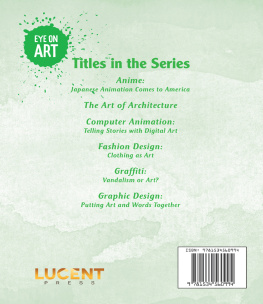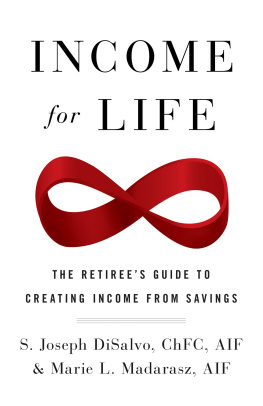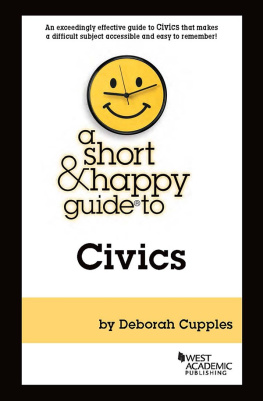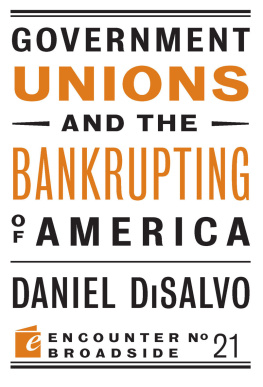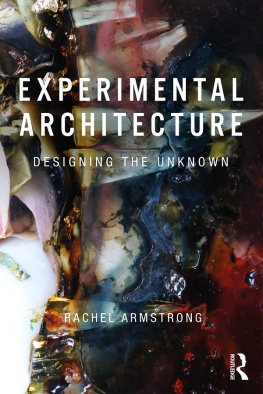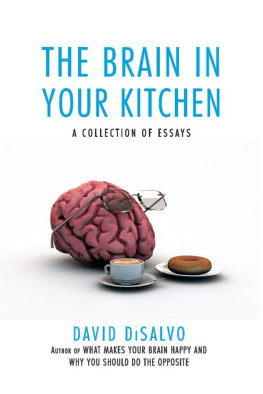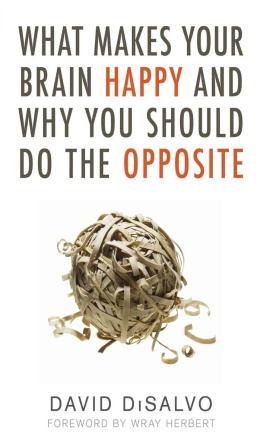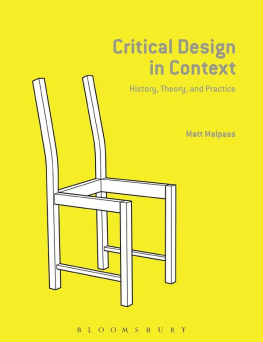Carl DiSalvo - Design as democratic inquiry : putting experimental civics into practice
Here you can read online Carl DiSalvo - Design as democratic inquiry : putting experimental civics into practice full text of the book (entire story) in english for free. Download pdf and epub, get meaning, cover and reviews about this ebook. year: 2022, genre: Politics. Description of the work, (preface) as well as reviews are available. Best literature library LitArk.com created for fans of good reading and offers a wide selection of genres:
Romance novel
Science fiction
Adventure
Detective
Science
History
Home and family
Prose
Art
Politics
Computer
Non-fiction
Religion
Business
Children
Humor
Choose a favorite category and find really read worthwhile books. Enjoy immersion in the world of imagination, feel the emotions of the characters or learn something new for yourself, make an fascinating discovery.

- Book:Design as democratic inquiry : putting experimental civics into practice
- Author:
- Genre:
- Year:2022
- Rating:4 / 5
- Favourites:Add to favourites
- Your mark:
- 80
- 1
- 2
- 3
- 4
- 5
Design as democratic inquiry : putting experimental civics into practice: summary, description and annotation
We offer to read an annotation, description, summary or preface (depends on what the author of the book "Design as democratic inquiry : putting experimental civics into practice" wrote himself). If you haven't found the necessary information about the book — write in the comments, we will try to find it.
Carl DiSalvo: author's other books
Who wrote Design as democratic inquiry : putting experimental civics into practice? Find out the surname, the name of the author of the book and a list of all author's works by series.
Design as democratic inquiry : putting experimental civics into practice — read online for free the complete book (whole text) full work
Below is the text of the book, divided by pages. System saving the place of the last page read, allows you to conveniently read the book "Design as democratic inquiry : putting experimental civics into practice" online for free, without having to search again every time where you left off. Put a bookmark, and you can go to the page where you finished reading at any time.
Font size:
Interval:
Bookmark:
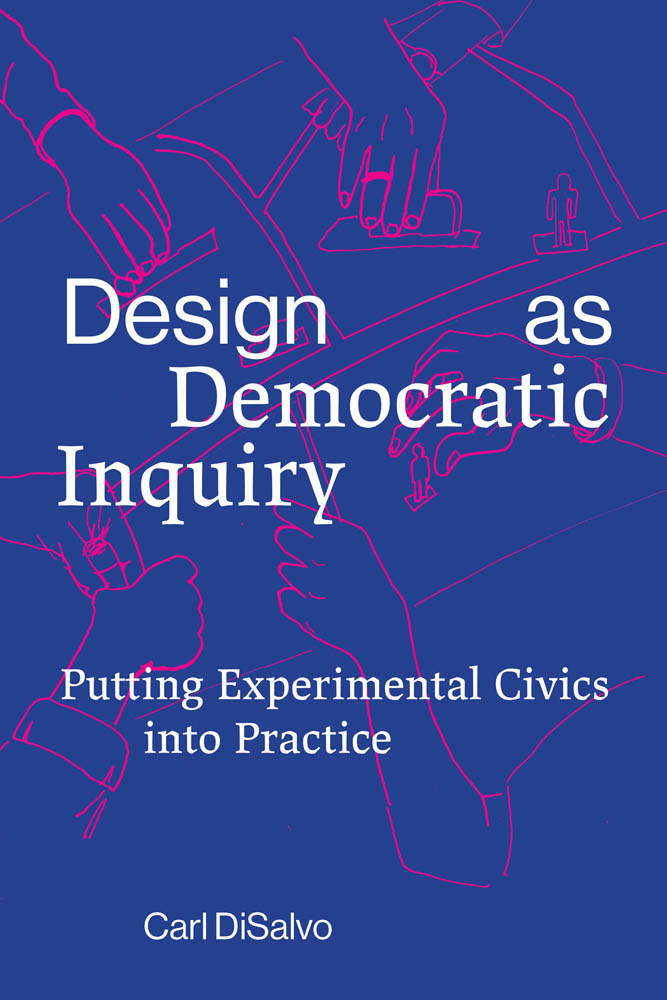
Design as Democratic Inquiry
Putting Experimental Civics into Practice
Carl DiSalvo
The MIT Press
Cambridge, Massachusetts
London, England
2022 Massachusetts Institute of Technology
All rights reserved. No part of this book may be reproduced in any form by any electronic or mechanical means (including photocopying, recording, or information storage and retrieval) without permission in writing from the publisher.
The MIT Press would like to thank the anonymous peer reviewers who provided comments on drafts of this book. The generous work of academic experts is essential for establishing the authority and quality of our publications. We acknowledge with gratitude the contributions of these otherwise uncredited readers.
Library of Congress Cataloging-in-Publication Data
Names: DiSalvo, Carl, 1971 author.
Title: Design as democratic inquiry : putting experimental civics into practice / Carl DiSalvo.
Description: Cambridge, Massachusetts : The MIT Press, [2022] | Includes bibliographical references and index.
Identifiers: LCCN 2021016745 | ISBN 9780262543460 (paperback)
Subjects: LCSH: DesignSocial aspects.
Classification: LCC NK1520 .D574 2022 | DDC 745.4dc23
LC record available at https://lccn.loc.gov/2021016745
d_r0
In memory of Victor Margolin
List of Figures
Room setup prior to the start of the workshop.
Some of the components of the toolkit.
Design game in session, constructing a scene.
Design game detail.
Fragments of stories at the end of the evening.
Components of the Fruit Are Heavy platform.
The Fruit Are Heavy platform assembled.
The Fruit Are Heavy platform in its backpack.
Installing the Fruit Are Heavy platform.
The Fruit Are Here map for Concrete Jungle, basic map view.
Collecting data on code violations in the neighborhood.
Marking out streets where weve collected data on code violations.
Paper maps affixed to the back of a tablet.
Using the tablet and paper maps to collect data.
My work in community-based participatory design began with a series of workshops I held in Pittsburgh, Pennsylvania, in 2007, but it would have never progressed to this without the support of a community of designers and scholars. Most notably, I am indebted to Pelle Ehn for all the conversations over the years, and throughout those conversations the constant encouragement. The underlying concept for this book was inspired by the work of Thomas Binder, Eva Brandt, Pelle Ehn, and Jochaim Halse. Thomas, Eva, Pelle, and Jochaim, this book would not be what it is without your ideas and the examples you set through your practice and scholarship. Thank you. Time and again, colleagues from Denmark and Sweden generously invited me to participate in discussions with them. Those discussions inform this book, and their bold work continues to move me. In particular, I am so appreciative of the opportunities to learn from Brandon Clark, Per-Anders Hillgren, Li Jnsson, Tau Ulv Lenskjold, Ann Light, Per Linde, Kristina Lindstrm, Ramia Maz, Sissel Olander, Maria Hellstrm Reimer, Anna Seravalli, and As Sthl. Many of these ideas also emerged in ongoing conversations with colleagues at the Ume Institute of Design. Jamer Hunt, Johan Redstrm, Aditya Pawar, Sren Rosenbak, Heather Wiltse, Anna Valtonen, and Maria Gransdotter, thank you for listening through early versions of the stories that make up this book, often over breakfast, or fika, or soup at the bookstore.
Over the past few years, several colleagues have heard versions of this work in talks and provided valuable feedbackin particular, ken anderson, Paul Dourish, Jodi Forlizzi, Sarah Fox, Eric Gordon, Mel Gregg, Steve Jackson, Stacey Kuznetsov, James Pierce, and John Zimmerman.
My colleagues at Design Issues provide invaluable opportunities for thinking about design, and I am grateful to the opportunities we have to explore ideas together. Thank you Richard Buchanan, Bruce Brown, Dennis Doordan, Kip Lee, Ramia Maz, Teal Triggs, and of course Victor Margolin. We miss you, Victor.
Completing a book is a daunting endeavor. Special thanks go to Doug Sery, who believed and encouraged me every time I saw him and told him that I was, in fact, working on my book project. For the last several months of drafting the manuscript, Phoebe Sengers and I exchanged daily texts, checking in with each other on our writing, in the midst of a pandemic. Those daily texts motivated the writing and validated the struggle of all we were in the midst of.
I am also deeply grateful for the opportunity to work with Andrew Schrock as an editor. He helped me to find a voice as well as a structure, and to give form to these stories and ideas.
Support for this work came from a variety of sources. I am particularly thankful for the support of the Intel Science and Technology Center for Social Computing, made possible by Paul Dourish, Bill Mauer, Scott Mainwaring, and Melissa Greg. The freedom provided through this center made it possible to do work that otherwise would not have gotten done, and the vision of this center set an exemplar for how daring scholarship from the social sciences and humanities might contribute to diverse visions of computing. Support was also provided through a National Science Foundation grant authored with Daniela Rosner. Thank you for your collaboration on that grant, Daniela, and for all of the conversations it prompted. Support was also provided by the Serve-Learn-Sustain Center at the Georgia Institution of Technology, which is boldly attempting to change the culture of research at Georgia Tech.
This is very much a collaborative project. It would not have happened without partnerships with community members, organizations, students, colleagues, and friends. Thank you to Ms. Pamela for the trust you put in us and the challenges you put before us to live up to that trust. Thank you, Les, for your passion for your neighborhood and your willingness to invite us into sharing and serving that passion. Thank you to Concrete Jungle, in particular Craig Durkin and Katherine Kennedy. Your commitment to serving those in need with care moves me, and the opportunity to work with you is a privilege. Thank you to the numerous employees of the city of Atlanta, across city government and services, who listened and collaborated as we tried to make a difference. Thank you, Cicely Garret, for your belief in this work for over ten years and for setting the highest of standards for serving communities.
Thank you to all of the students and colleagues who contributed to these projects. Thank you to Karl Kim, Catherine Meeschia, Sean McKaye, and Natalie Larkins for your work with Concrete Jungle. Thank you to all of the participants in the Careful Coding project studio, in particular Qing Tian, Nick Tippens, and Morgan Orangi. Special thanks to Cookie Nguyenyou took a vague idea and made it into something meaningful and wonderful with PARSEand Tom Jenkins, you persevered through all sorts of challenges and made the Fruit Are Heavy project happen. Thank you to Mariam Asad, Tom Jenkins, Thomas Lodato, Firaz Peer, and Sanjdar Kozubaev for the opportunity to think and write together about the ideas that permeate these projects. Thank you, Ellen Zegura, for your friendship, for believing in this work, for supporting it, and for the many conversations we had about care and data and what else computing might be. Thank you, Chris Le Dantec and Ian Bogost, for your friendship and support, personally and professionally. And thanks for reminding me that at some point, its good enough.
Font size:
Interval:
Bookmark:
Similar books «Design as democratic inquiry : putting experimental civics into practice»
Look at similar books to Design as democratic inquiry : putting experimental civics into practice. We have selected literature similar in name and meaning in the hope of providing readers with more options to find new, interesting, not yet read works.
Discussion, reviews of the book Design as democratic inquiry : putting experimental civics into practice and just readers' own opinions. Leave your comments, write what you think about the work, its meaning or the main characters. Specify what exactly you liked and what you didn't like, and why you think so.

